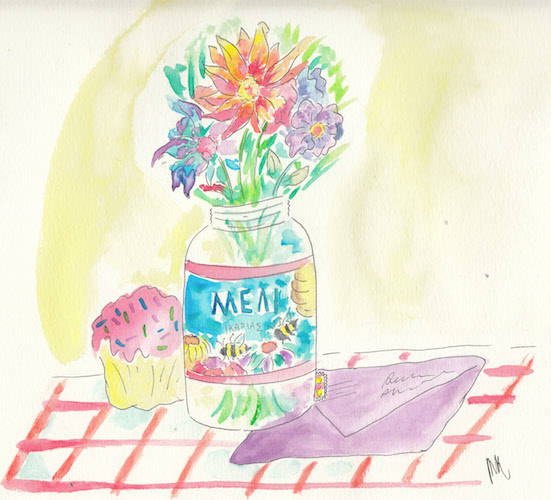Artists have used various types of mediums to express their thoughts and emotions. Musicians write lyrics and set a tempo to vocalize their feelings. Painters use colors, figures and shadows to paint a picture of their thoughts. Dancers incorporate movement and coordination to tell a story.
For DU professor Roddy MacInnes, it is through photography that he showcases his life and emotions.
Professor MacInnes recently published his first book, “Family Album,” an autobiography depicting his life through photos as well as showing how his life and those around him are connected through photography. From a young age, professor MacInnes knew he would use photography to paint a picture of his life and the adventures he would embark on.
“My very first photograph is kind of an important photo for me,” said professor MacInnes. “That’s when I felt the magic of photography, and I knew from that moment on I would use photography for the rest of my life. I remember thinking that, I remember thinking that quite often.”
Professor MacInnes also conveyed a powerful statement in one photo depicting the man who had sexually molested him when he was 16-years-old. Professor MacInnes wanted to show how a memory of his life had impacted him in both a negative and positive way. The photo was also a contribution to men who had been sexually assaulted, encouraging them to be open about their experience and being able to support those who had gone through the same experience.
“Because of that incident, I suffered from depression, anxiety attacks and insecurity,” said Professor MacInnes. “But now if someone comes into my office and says they’ve been sexually molested or they’re suffering from depression, I know what to say now, whereas I don’t think I would have before.”
Through “Family Album,” Professor MacInnes relates the connections people have with each other and the universe. Professor MacInnes uses the photos of a woman named Nina, who lived in North Dakota in 1917, to show the connection between his life and hers. The photos of Nina pushed Professor MacInnes to examine how memories are constructed and reinforced through photography. He considers his photographs and hers to be a collaboration, as both sets of photos carry the same general themes of family. Although they have never met, he feels they will always be connected through photography.
The overall theme of the book is to celebrate what one is passionate about, redefining the meaning of “family” and being an individual who is also part of a bigger picture of the universe.
“What I hope people get out of the book is to celebrate what you’re passionate about in life, finding a medium and seeing life through that,” said Professor MacInnes. “The book for me was celebrating about being connected with everyone in the universe and redefining what family means. It doesn’t always have to be your blood relatives.”
Those interested in reading about Roddy MacInnes’s life in photography can find the book on Amazon.











